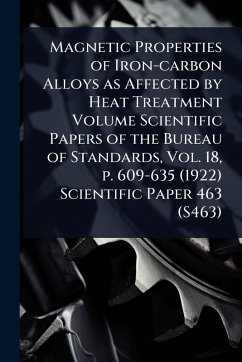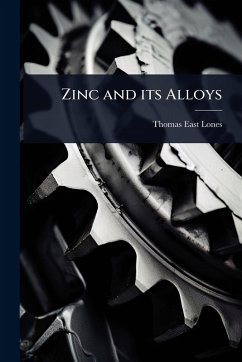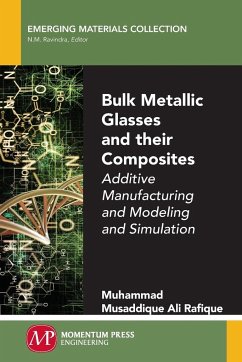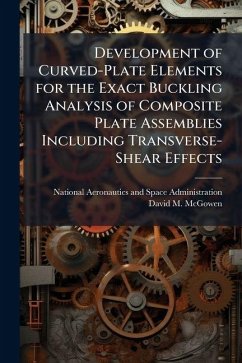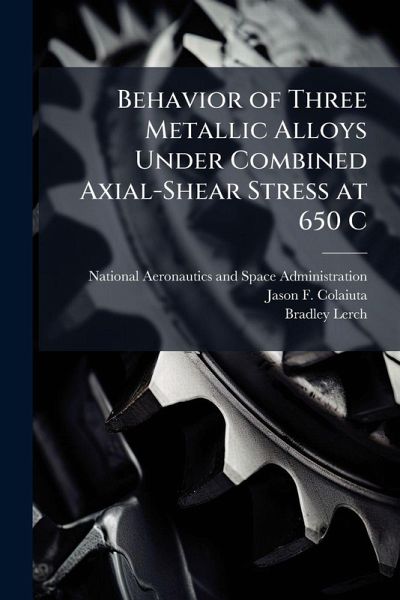
Behavior of Three Metallic Alloys Under Combined Axial-Shear Stress at 650 C

PAYBACK Punkte
9 °P sammeln!
Three materials, Inconel 718, Haynes 188, and 316 stainless steel, were tested under an axial-torsional stress state at 650 C. The objective of this study was to quantify the evolution of the material while in the viscoplastic domain. Initial and subsequent yield surfaces were experimentally determined to quantify hardening. Subsequent yield surfaces (yield surfaces taken after a preload) had a well-defined front side, in the prestrain direction, but a poorly defined back side, opposite the prestrain direction. Subsequent yield surfaces exhibited isotropic hardening by expansion of the yield s...
Three materials, Inconel 718, Haynes 188, and 316 stainless steel, were tested under an axial-torsional stress state at 650 C. The objective of this study was to quantify the evolution of the material while in the viscoplastic domain. Initial and subsequent yield surfaces were experimentally determined to quantify hardening. Subsequent yield surfaces (yield surfaces taken after a preload) had a well-defined front side, in the prestrain direction, but a poorly defined back side, opposite the prestrain direction. Subsequent yield surfaces exhibited isotropic hardening by expansion of the yield surface, kinematic hardening by translation of the yield surface, and distortional hardening by flattening of the yield surface in the direction opposite to the last prestrain. An existing yield function capable of representing isotropic, kinematic, and distortional hardening was used to fit each yield surface. Four variables are used to describe each surface. These variables evolve as the material state changes and have been regressed to the yield surface data. This work has been selected by scholars as being culturally important, and is part of the knowledge base of civilization as we know it. This work was reproduced from the original artifact, and remains as true to the original work as possible. Therefore, you will see the original copyright references, library stamps (as most of these works have been housed in our most important libraries around the world), and other notations in the work. This work is in the public domain in the United States of America, and possibly other nations. Within the United States, you may freely copy and distribute this work, as no entity (individual or corporate) has a copyright on the body of the work. As a reproduction of a historical artifact, this work may contain missing or blurred pages, poor pictures, errant marks, etc. Scholars believe, and we concur, that this work is important enough to be preserved, reproduced, and made generally available to the public. We appreciate your support of the preservation process, and thank you for being an important part of keeping this knowledge alive and relevant.







